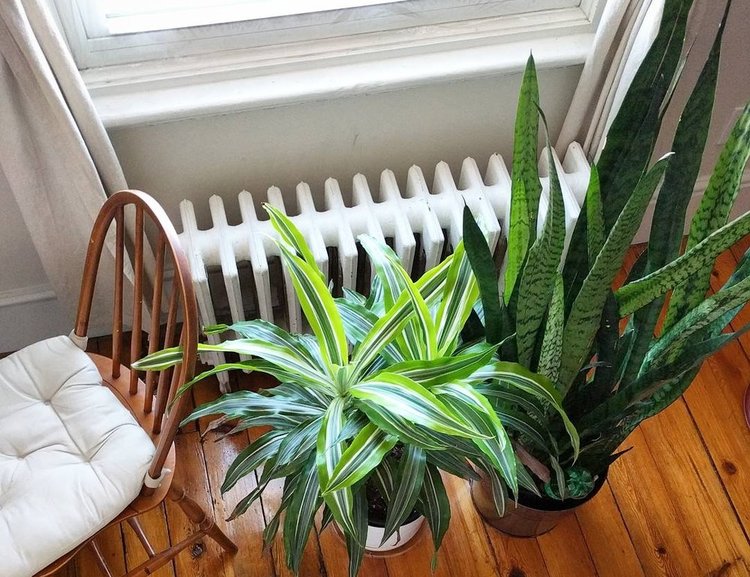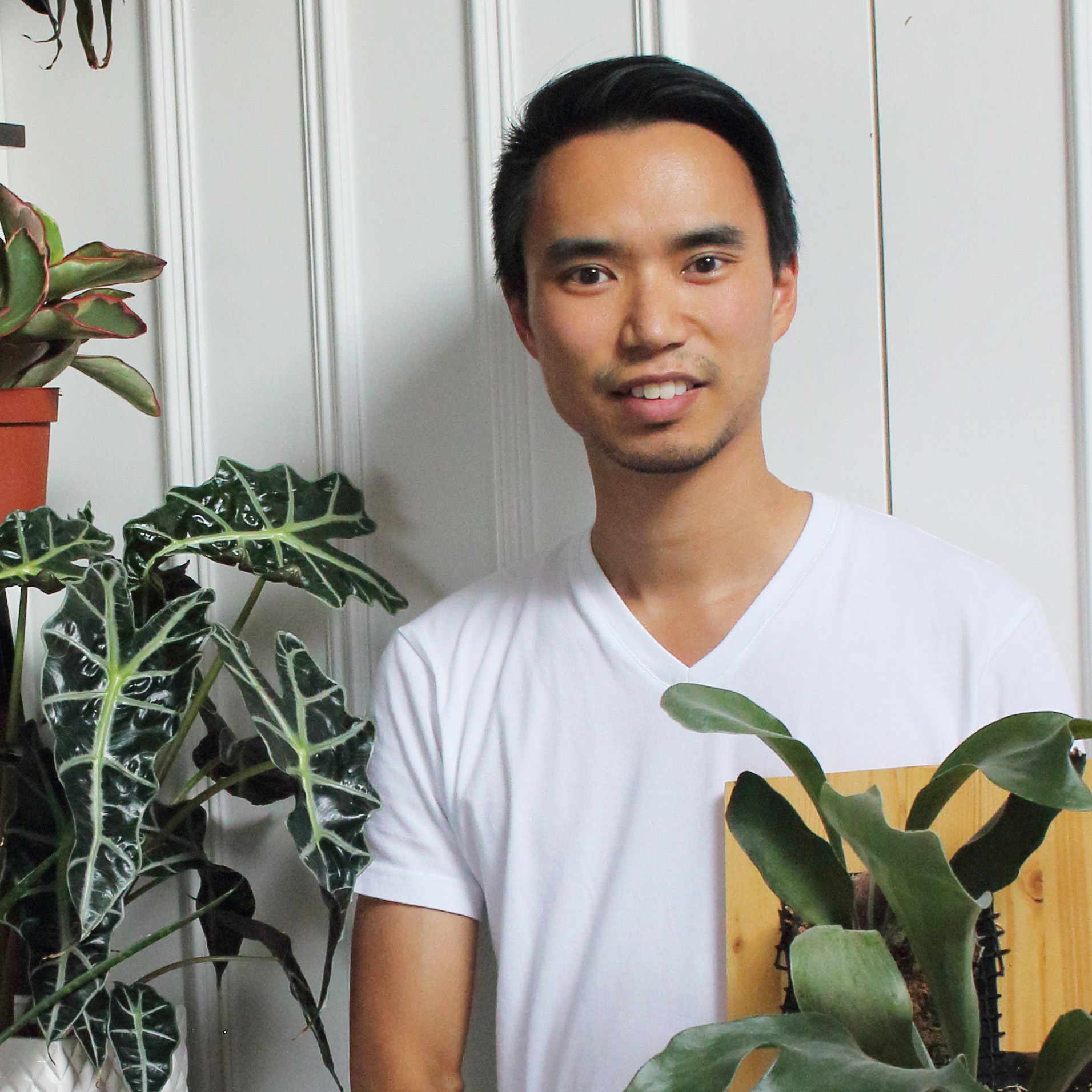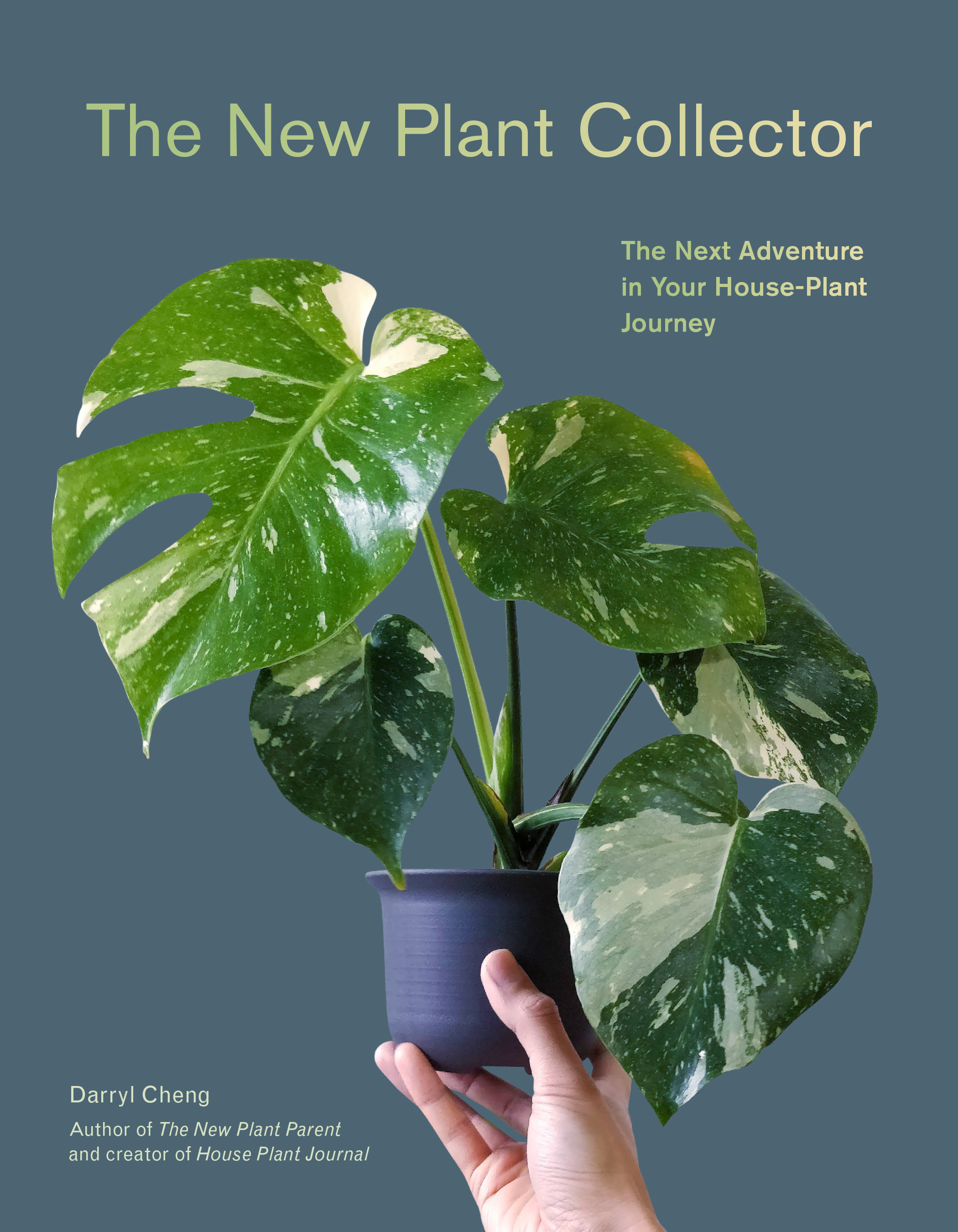For anyone who understands plant biology, this is a loaded question. But a good percentage of people who ask it are looking for a simple answer, so we give them one: “whenever the plant needs it”; “when the top inch of soil is dry”; “when the soil is completely dry”; and (worst answer) “once a week”.

But if you’re reading this, you’re probably curious about exactly what makes watering such a complex yet fundamental part of plant parenthood. So allow me to ramble about plants and their relationship with water (and other factors) in hopefully simple terms…
Light: plants sustain themselves using light but the photosynthesis reaction also uses water. So more light = more water usage; less light = less water usage. Also remember that day length and daily weather patterns affect how much light reaches your plant.
Temperature: when it is hotter, evaporation of water and other chemical reactions move faster. So higher temperature = more water usage/loss by evaporation – this happens at the soil surface but also from leaves, which is given a special term: transpiration.
Humidity: affects the rate of evaporation and transpiration. More humidity = less evaporation. Transpiration may still occur because plants are keeping their pores (“stomata”) open for other survival reasons (like gas exchange).
Soil and container: the composition of soil and the physical structure of the container both have profound effects on the water available to the plant. House plant soil is typically a mixture of peat (holds water), sharp sand (drains water), perlite (drains water), vermiculite (holds water and drains water). Mixing these in different ratios allows the grower to optimize the overall soil moisture for each type of plant. Some moisture-loving plants will have mostly peat while cacti grow best in mostly sand. Adding to these factors, the container material and drainage characteristics greatly affect soil moisture: plastic nursery pots hold moisture better than clay pots; a drainage hole allows excess water to leave the conatiner when there is a sudden increase. Although this may be obvious – the more soil there is, the more water it can hold. So the overall pot size affects the watering frequency. Lastly, over time, your soil will become compacted as roots repeatedly absorb moisture. Compacted soil has poor water retention ability so it is important to gently loosen it occasionally to restore optimal soil structure.
The plant itself: different plants have different abilities to store or release water. These abilities are adapted for each of their native environments.
Most importantly: once you can appreciate the myriad of factors affecting your watering habits, it is important to realize that you must choose which factors are worth taking control of and which ones you will simply accept.

